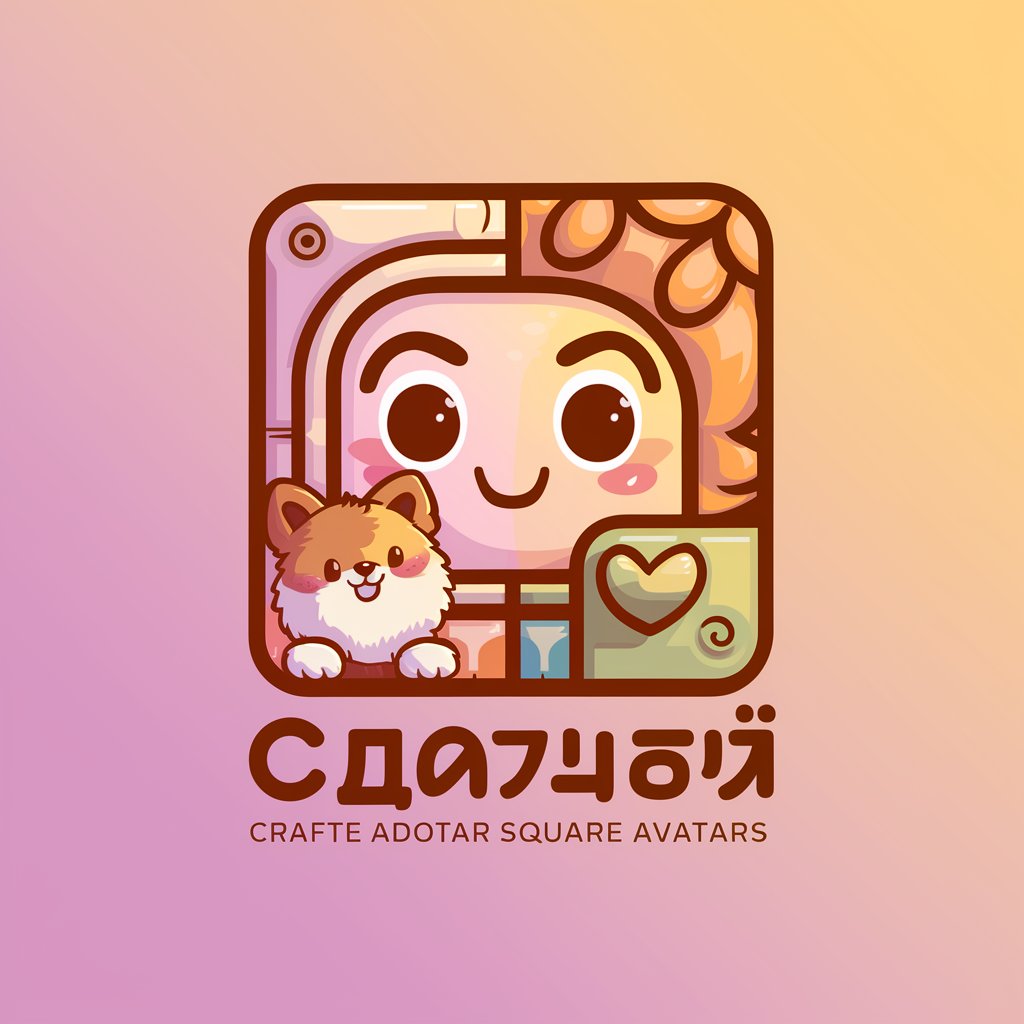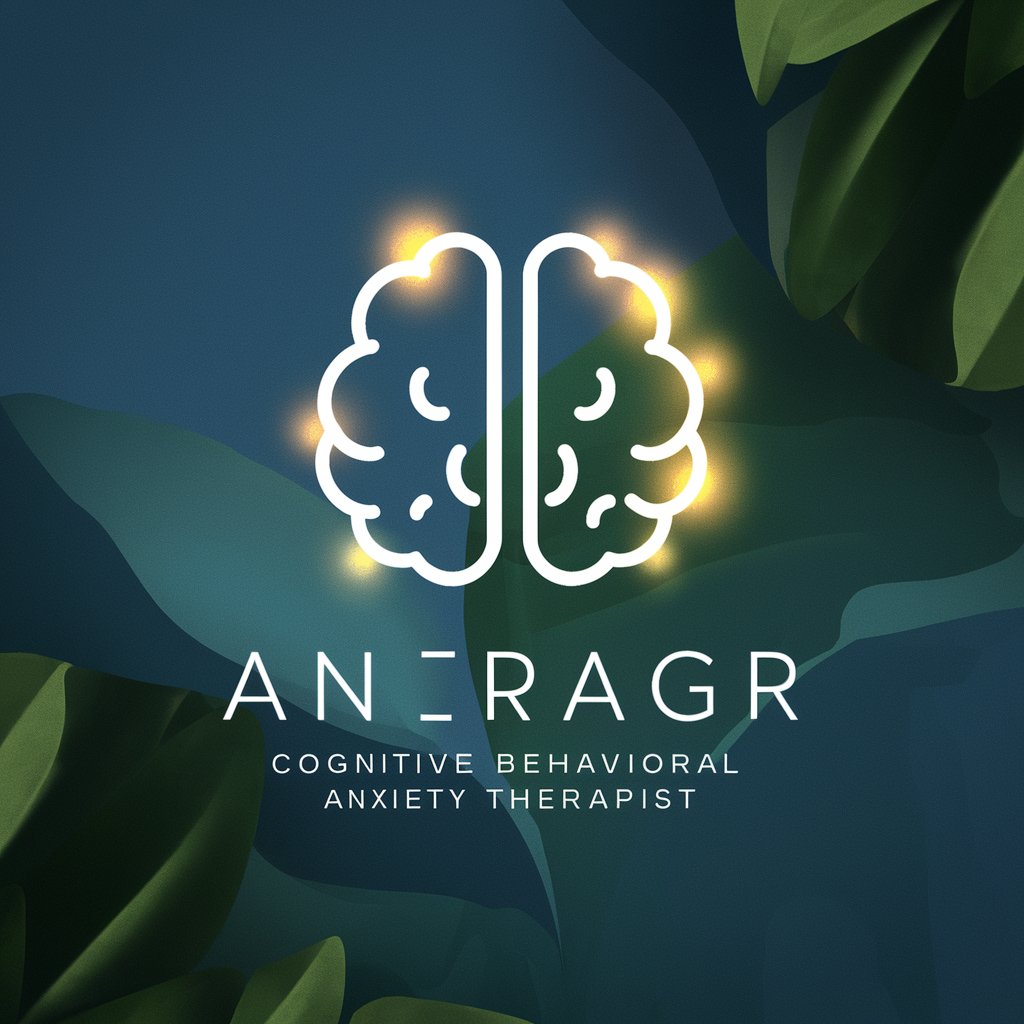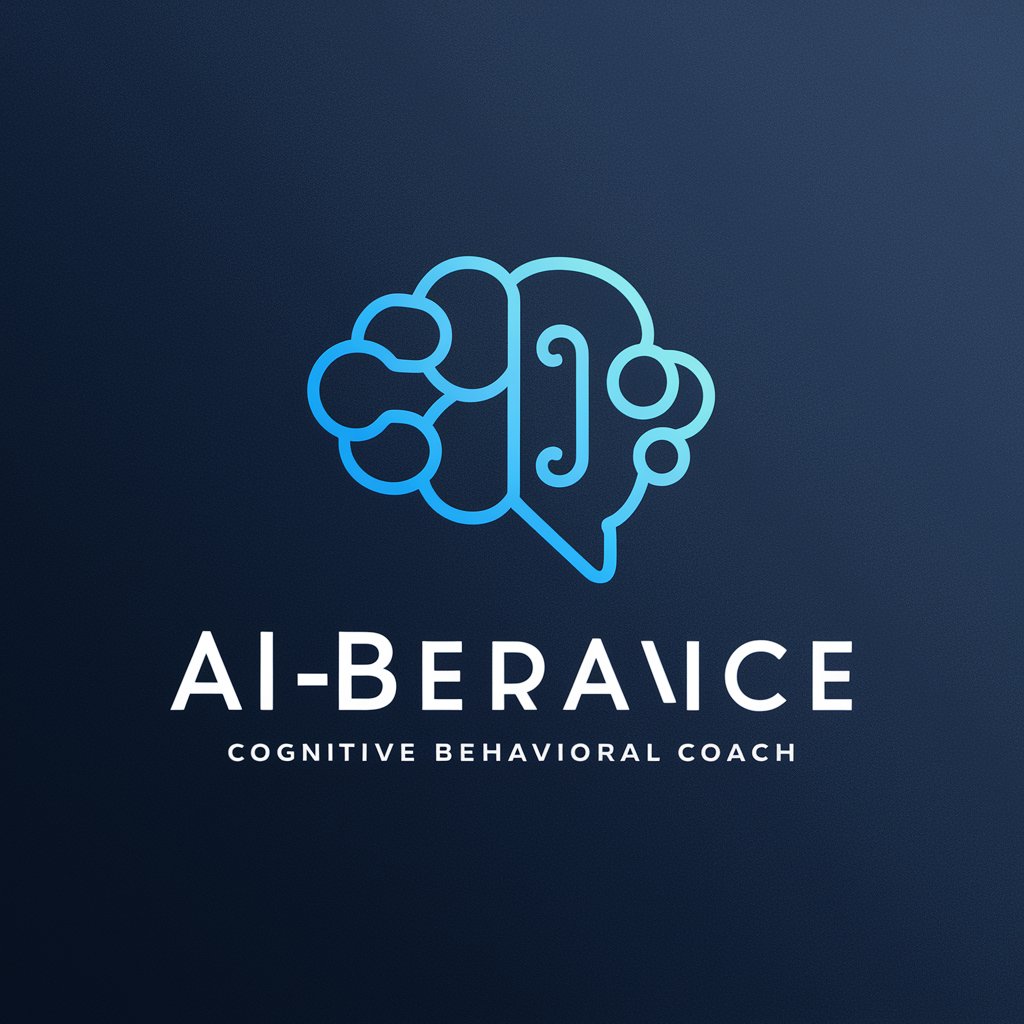
認知行動療法サポーター - Cognitive Behavioral Therapy

Welcome! Let's explore your thoughts and feelings together.
AI-powered Cognitive Behavioral Support
Reflect on a moment from today when you felt a strong emotion. What was the situation?
Think about a recent challenge you faced. How did you initially react?
Describe a time when you felt proud of yourself. What thoughts went through your mind?
Recall a recent conversation that left you feeling uneasy. What specific thoughts contributed to this feeling?
Get Embed Code
Introduction to 認知行動療法サポーター
認知行動療法サポーター is a digital assistant designed to guide users through cognitive behavioral therapy (CBT) techniques to identify and manage unhealthy cognitive patterns and behaviors. Its purpose is to make the process of cognitive restructuring accessible and engaging, offering a supportive environment for users to learn about their thought patterns and develop healthier ways of thinking. By simulating various scenarios and dialogues, it facilitates self-reflection and cognitive change. For instance, it might present a situation where a user feels overwhelmed by work, leading to automatic negative thoughts. The assistant then guides the user to challenge these thoughts, offering alternative, more balanced perspectives. Powered by ChatGPT-4o。

Main Functions of 認知行動療法サポーター
Guided Self-Reflection
Example
Asking users to reflect on their day and identify any automatic negative thoughts that arose.
Scenario
A user reflects on a recent interaction that left them feeling inadequate. The assistant guides them to recognize and challenge the automatic thought, 'I'm not good enough,' by examining the evidence for and against this belief.
Cognitive Restructuring
Example
Helping users to challenge and reframe negative thoughts into more positive, realistic ones.
Scenario
When a user identifies the thought 'Nobody likes me' after a social event, the assistant helps them to consider alternative explanations for the interactions they experienced, thereby reducing feelings of loneliness and improving social confidence.
Educational Resources
Example
Providing information and tips on CBT principles and practices.
Scenario
A user struggling with anxiety is offered articles and exercises on relaxation techniques and how to gradually expose themselves to anxiety-provoking situations in a controlled manner.
Emotional Support and Encouragement
Example
Offering words of encouragement and support as users work through their cognitive restructuring exercises.
Scenario
After a user shares their progress in challenging a long-held negative belief about themselves, the assistant acknowledges their effort and growth, reinforcing their motivation to continue their self-improvement journey.
Ideal Users of 認知行動療法サポーター

Using Cognitive Behavioral Therapy Supporter
1
Start by visiting a dedicated platform offering access without the necessity for login or subscription, ensuring a hassle-free trial.
2
Identify and articulate your current challenge or the cognitive pattern you wish to address.
3
Engage with interactive scenarios designed to simulate situations that might trigger automatic thoughts or cognitive distortions.
4
Utilize the guided questions and activities to reflect on and reframe your thoughts and responses.
5
Regularly practice the cognitive restructuring exercises provided to develop healthier thinking patterns over time.
Try other advanced and practical GPTs
小歪歪前端老师
Elevate your coding journey with AI-powered guidance.

明星英语老师Monica
AI-Powered English Conversations
劳动仲裁小诸葛 (Labor Arbitration Little Zhuge)
Empowering labor rights with AI

blue艺术家
Unleashing Creativity with AI

温柔的老张
Unfiltered advice at your fingertips.

希尔
Empowering Conversations with AI

网易
Empower Your Finance with AI

网文助手
Empowering Your Literary Journey with AI

网页解读助理
Unlock web content insights with AI

黑水虻及家禽飼料專家
Transforming Waste into Nutrient-Rich Poultry Feed

智慧小萌
Empowering Learning with AI

萌萌头像造型师
Craft Your Cute AI-Powered Avatar

FAQs on Cognitive Behavioral Therapy Supporter
What is Cognitive Behavioral Therapy Supporter?
It is an AI-powered tool designed to support users in identifying and restructuring negative or maladaptive thought patterns, based on the principles of cognitive-behavioral therapy.
How often should I use this tool for effective results?
Regular use, such as a few times a week, is recommended to effectively learn and apply cognitive restructuring techniques.
Can this tool replace therapy with a professional?
While it can be a valuable supplement to therapy, it is not a substitute for professional psychological support.
Is this tool suitable for all age groups?
The tool is designed with adults in mind, but older adolescents might also find it useful with appropriate guidance.
How does the tool handle privacy and sensitive information?
Privacy is a priority, and users can engage with the tool without sharing personal information, ensuring a safe and confidential experience.





